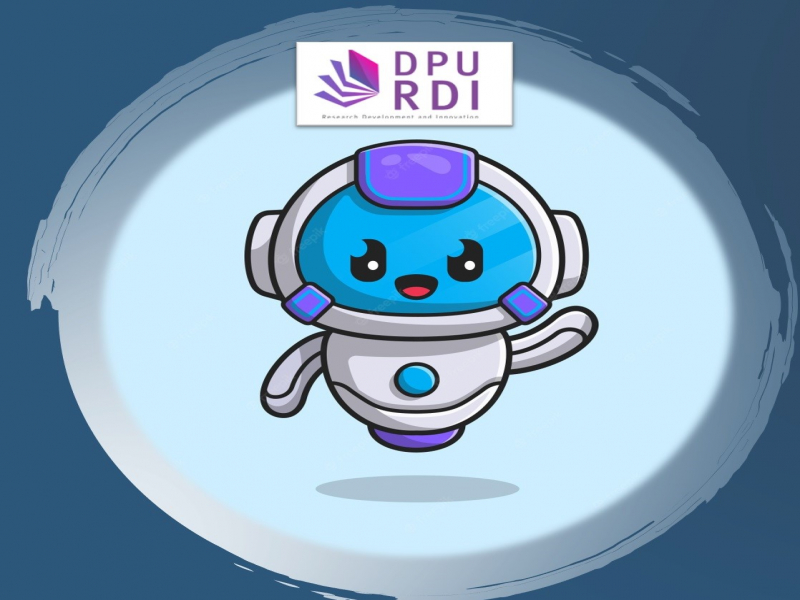The Reduction of 3D Model Polygon by Applying Imposter Technique to Optimize Real-time Rendering of Metaverse in Hubs and Spoke by Mozilla

บทคัดย่อ
It is crucial for metaverse visualization that users have a shared experience and can interact in real-time over high-speed internet. However, the significant problem is that the amount of geometry artefacts in 3D models affects the effectiveness of processing performance. If the users want a realistic dimensional image, they must use a 3D model with a high polygon, which results in slow processing speed. For these reasons, the main objectives of this research were 1) To have fewer polygons in 3D models than in the original 3D models, by applying the Imposter Technique, and 2) To increase the efficiency of processing 3D models in the Metaverse system which was designed as a workflow that studies the reduction of polygons of a 3D model from High Polygon to Low Polygon by applying the Imposter Technique and inserting the pattern texture of the 3D model per Metaverse users' viewing angles through the Hubs and Spoke of Mozilla. The results showed that decreasing the polygons of the 3D model by applying the Imposter Technique can improve the real-time rendering performance of the Metaverse in the Hubs and Spoke of Mozilla, within the polygon number requirement of not more than 50,000 triangles, with video RAM usage of 256 MB, a file size no bigger than 16 MB, and a framerate at 60 FPS. The results were summarized as percentages. The mean of polygons of all groups' imposter model was 158.2 triangles. The mean of polygons decreased by 98.67%. The mean of the video RAM usage of the imposter model was 42.7 MB, which was a decrease of 73.60%. The mean file size of the imposter model was 4.893 MB with the standard file size reduced by an average of 71.26%, and the maximum copy of imposter at a framerate of 60 FPS of the imposter model was 107.6, an average increase of 365.80%.
นักวิจัย :
Komsan Sukwinya
สังกัด :
College of Creative Design and Entertainment Technology, Dhurakij Pundit University
ปีที่เสร็จ :
2566
